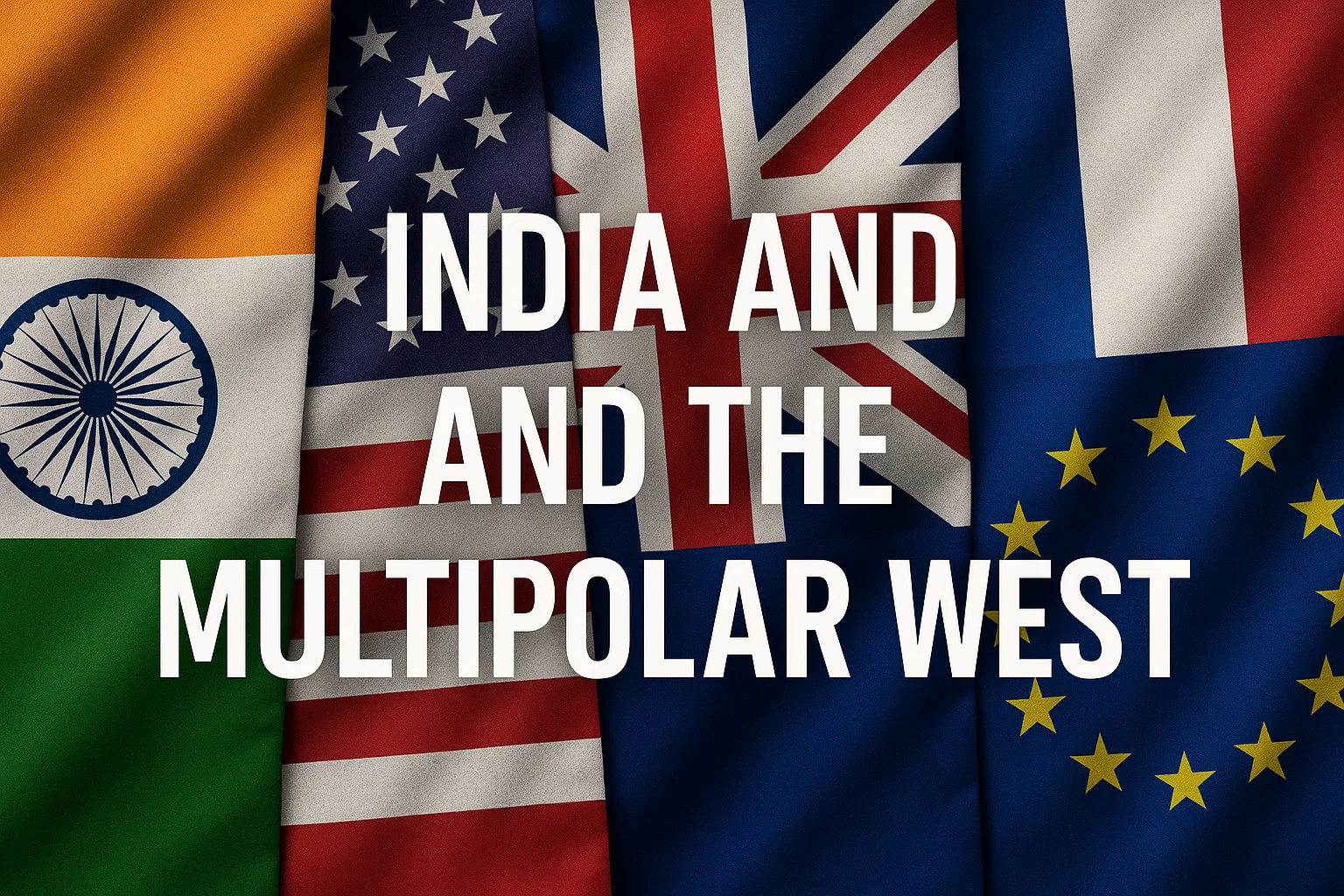Font size:
Print
Global Measles Surge in 2025
Context:
Measles, once declared eliminated in the United States in 2000, is making a troubling global comeback. As of 2025, outbreaks are being reported across the U.S., Canada, Mexico, South America, and Europe, sparking urgent concerns from health officials and infectious disease experts.
More on News
- In both North and South America, measles cases are 11 times higher than they were during the same period last year.
- Europe is also experiencing a resurgence, with measles rates now at their highest point in 25 years.
- The European Centre for Disease Prevention and Control reported a tenfold rise in measles cases in 2024, totalling 35,212 cases.
Understanding the Contagion and the Fight Against Measles
- Measles is a highly contagious viral infection — far more contagious than influenza or COVID-19. A single person with measles can infect 12 to 18 others, compared to the R0 (basic reproduction number) of 1 to 4 for the flu and 2 to 5 for COVID-19.
- The U.S. began systematically tracking measles in 1912 when 3 to 4 million cases and about 6,000 deaths occurred annually.
- The first measles vaccine became widely available in 1963, and the current MMR vaccine (measles, mumps, and rubella) was introduced in 1971.
- By 1977, the National Childhood Immunisation Initiative aimed to ensure all schoolchildren were vaccinated. Vaccination rates rose to 96% by 1981, and in 1993, the Vaccines for Children program began offering free vaccines to those in need.
- These efforts culminated in the elimination of measles in the U.S. by 2000.
- From 2000 to 2010, U.S. cases remained under 100 per year, rising slightly afterwards due to localised outbreaks in unvaccinated communities, typically totalling 200 to 300 cases annually.
- The last major outbreak before 2025 occurred in 2019, with 1,274 cases, primarily in New York and New Jersey.
Why the Recent Surge Is Deeply Concerning?
- Unlike bacterial infections, viral infections like measles cannot be treated with antibiotics, making prevention via vaccination essential. The MMR vaccine is highly effective — one dose typically provides protection, and a second dose offers long-term immunity.
- However, measles is so contagious that at least 95% of the population must be vaccinated to maintain herd immunity. Over the past two decades, and especially during the COVID-19 pandemic, global vaccination rates have declined, primarily due to limited healthcare access and rising vaccine hesitancy.
- These factors have contributed to the current measles surge, prompting fears that the virus could become endemic again — meaning consistently present within the population — much like the common cold or COVID-19.
Projections for the Future
- Currently, Texas is experiencing a measles epidemic. If this trend continues, measles could become endemic in the U.S., similar to how COVID-19 is now consistently present.
- A 2022 modelling study predicted that if pandemic-era disruptions in vaccination are not addressed and vaccine hesitancy persists, about 15 million U.S. children (21%) could be vulnerable to measles over the next five years — well below the threshold needed to prevent outbreaks.
- A follow-up study in April 2025 projected that if current vaccination trends continue:
- The U.S. could see 850,000 measles cases over the next 25 years.
- If vaccination rates decline further, this number could rise to 11 million cases.
What Will It Take to Reverse the Trend?
- Public health experts emphasise that the key to halting this resurgence lies in increasing vaccination coverage:
- A 5% increase in community vaccination rates could dramatically reduce future cases to between 3,000 and 19,000 over 25 years.
- A February 2025 study using epidemiological models showed that early intervention in outbreaks, combined with at least 85% vaccination coverage, can effectively contain spread.
- To achieve this, the public health community must focus on:
- Ensuring universal access to free and convenient childhood vaccinations.
- Rebuilding public trust in vaccine safety and efficacy.
What Is Measles?
- Measles is caused by the measles virus, also known as the rubeola virus.
- Measles is a highly contagious viral disease that can lead to serious health complications, especially in children under 5 years old. While some people think of it as just a rash and fever, measles can cause severe illness and even death.
- The virus spreads through the air when an infected person coughs or sneezes.
- Measles symptoms generally appear 7 to 14 days after exposure to the virus. They typically include: High fever (may exceed 104° F), Cough, Runny nose (coryza), Red, watery eyes (conjunctivitis), and Rash (typically starting on the face and spreading downward).
- Measles can lead to serious complications, especially in young children:
- Ear infections and diarrhoea are common mild complications.
- Pneumonia (lung infection) and encephalitis (brain inflammation) are more severe and can be life-threatening.
- Pregnant women who get measles may also face complications, such as preterm labour.
- The best protection against measles is the MMR (Measles, Mumps, and Rubella) vaccine. The vaccine is safe and effective, with two doses being about 97% effective at preventing measles. A single dose is about 93% effective.


